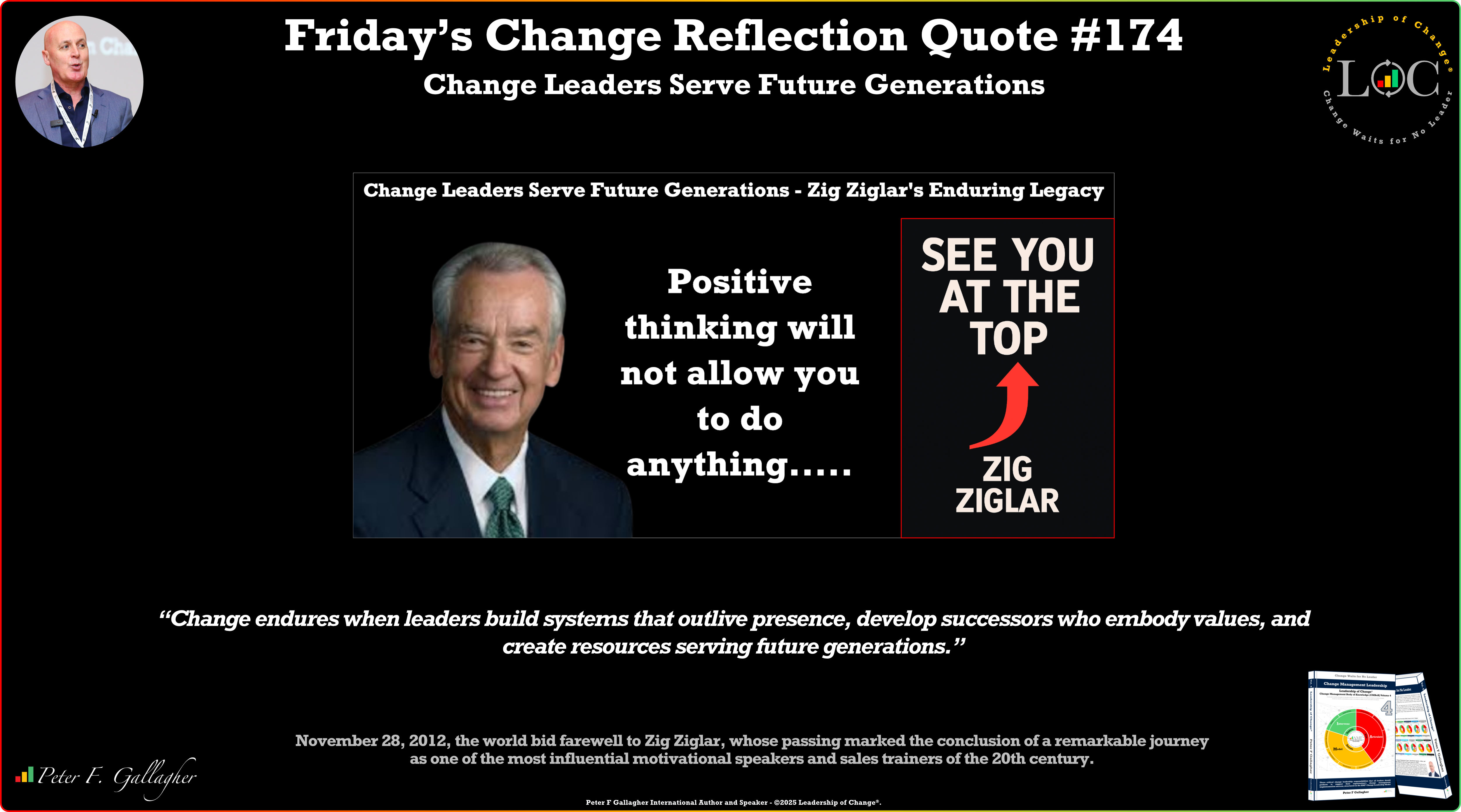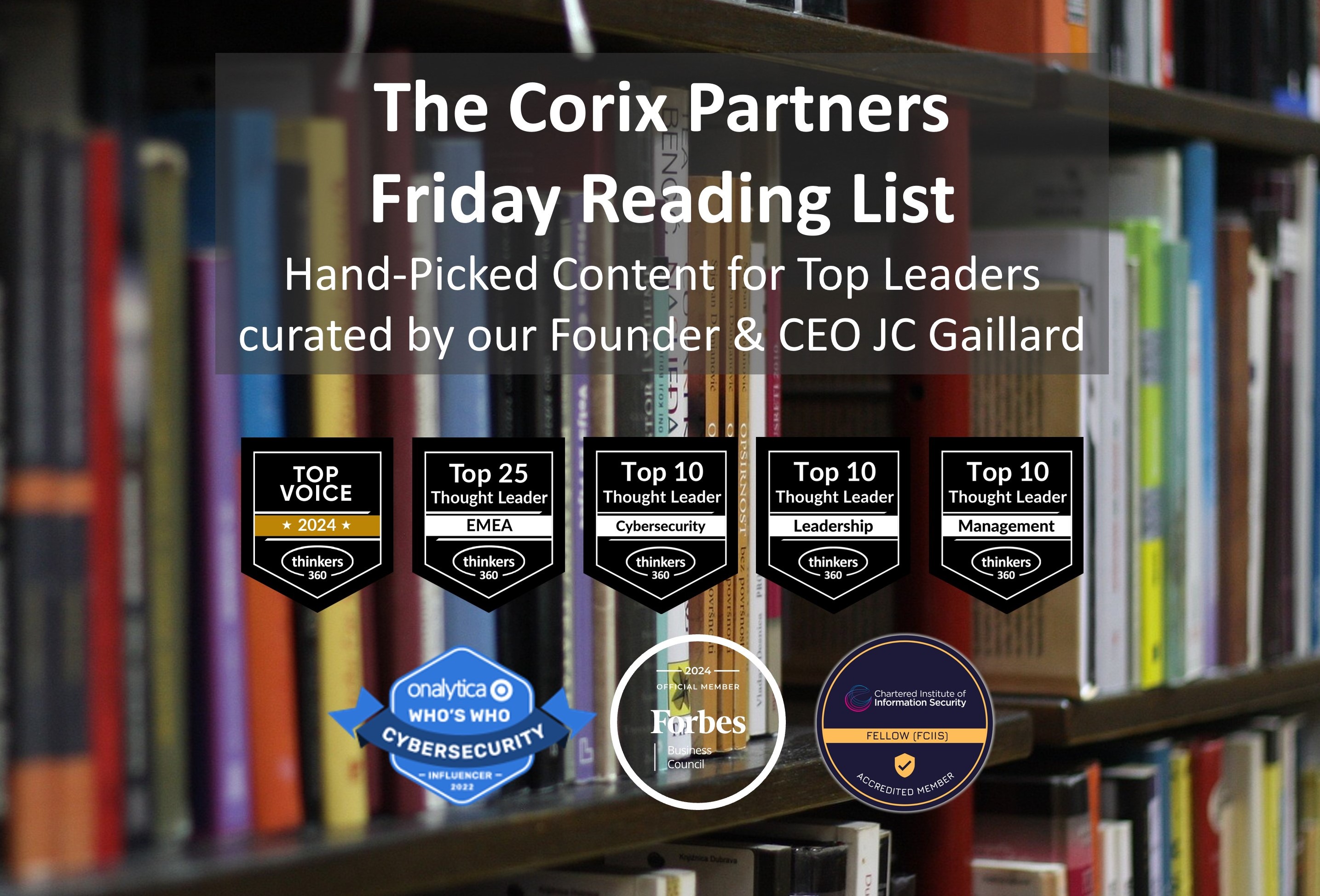Jul30

Sponsored By Zendesk
Every industry has countless B2B companies that seem to offer similar products and services. It's arguably difficult to stand out from the competition and grow a loyal customer base. However, you can compete favorably and achieve your business goals with the help of B2B personalization.
Personalization simply refers to the customization of your offers, marketing, and customer service to fit the needs of each customer. It ensures that you understand what your customers want and need. Then, you'll come up with strategies on how you can meet such expectations quickly.
In this article, we'll discuss personalization in B2B customer service and how you can implement it.
Let's explore some reasons why you need to personalize every form of communication with B2B customers.
Many customers who purchase B2B products expect fully or mostly personalized content when interacting with a company. They want to see personalization along every step e.g. when they discover the company, when they buy a product or service, when using the product, when they ask for help, and when they engage with the company.
You can increase customer engagement by personalizing interactions before, during, and after a purchase. It means that you'd recommend best-suited products, communicate via their preferred channels, and ensure that your product or service helps to solve their business problem. To retain your customers, you need to personalize every touchpoint.
The best way to guarantee success in your marketing is by crafting personalized content and advertising materials. You need to understand your customers’ needs, know how to address their pain points, and come up with good offers. About 97% of marketers use personalization to deliver better customer experiences and generate higher ROI.
It's not enough to provide an excellent product or service in a B2B company. You have to connect with all your customers and offer proactive support. This may include using check-in emails, direct messages, or phone calls to determine their satisfaction rate. You need to make them feel appreciated and look for ways to serve them better.
According to the stats, 56% of B2B buyers expect offers to be personalized. This means that you can convert leads and prospects into customers through personalization. You can also upsell and cross-sell relevant products to existing customers. The more satisfied customers are, the more they would recommend your brand to other businesses.
Personalization involves learning who your customers are, what problems they have, and the best way to help them.
Below are steps on how to offer B2B personalization:
The first step is to collect enough information about your target audience e.g. company information, demographics, purchase behaviors, etc. This can be through your own customer data, market research and competitor research.
After collecting valuable data, you can create customer segments and unique buyer personas. This can help you determine prospects who have certain job positions, needs, pain points, goals, behaviors, expectations, etc.
Customer service apps allow you to track, manage and respond to customer requests promptly. It also uses AI and data analytics to analyze customer interactions. You can use these insights to create better communication and develop more relevant marketing campaigns.
It's a good idea to focus your resources on high-value accounts. After creating an ideal buyer profile, you'll segment customers, identify those high-value customers, and create personalized communications for them.
You should note that B2B sales requires approval from multiple decision-makers. (You're not dealing with a single person). So you need to target a team of roleplayers such as the buyer, billings department, senior leadership, etc.
From marketing to customer service, you can create a tailored and more fulfilling customer experience. Here are some notable examples of B2B personalization.
When sending emails, you should use the buyer persona to add relevant information. You need to mention their first name, address any concerns, speak to the customer, and include any personal information where necessary.
Rather than reach out to customer service every time, B2B customers can use a self-service portal to perform actions. For example, they can place orders, pay bills, request support, update information, track past interactions, etc).
B2B websites should have personalized copy and content. You need to create offers for different personas, accounts, segments, leads, etc. Paid advertising and landing pages also need to target and match every customer segment.
It's advisable to assign specific customer service agents to your customers. This allows them to develop a relationship with one or two individuals in your support team. Some customers prefer dedicated support rather than speaking to a different agent every time they need assistance.
B2B customers are more likely to patronize a brand that offers personalized marketing and customer service. To create customized experiences, you need to collect data on your customers and use it to speak to their unique needs and interests. This could be in the form of targeted ads, personalized content, relevant recommendations etc.
Personalizing the customer experience isn't just a "must-do" It's a crucial strategy in B2B customer service interactions that can significantly enhance customer satisfaction, engagement and loyalty. By tailoring interactions to meet the specific needs and preferences of your target customer, businesses can build better brands which ultimately lead to more sales and an increase in revenue. Embracing these practices can set your business apart in a competitive market and foster long-term success.
Keywords: Customer Experience
 Operational Speed Without Strategic Clarity Creates Chaos
Operational Speed Without Strategic Clarity Creates Chaos The AI Curriculum: A Library's Deep Dive into Artificial Intelligence
The AI Curriculum: A Library's Deep Dive into Artificial Intelligence Friday’s Change Reflection Quote - Leadership of Change - Change Leaders Serve Future Generations
Friday’s Change Reflection Quote - Leadership of Change - Change Leaders Serve Future Generations The Corix Partners Friday Reading List - November 28, 2025
The Corix Partners Friday Reading List - November 28, 2025 The High-Performing Manager’s Burger: A Practical DoD that Reduces Defects and Shortens Cycle Time
The High-Performing Manager’s Burger: A Practical DoD that Reduces Defects and Shortens Cycle Time